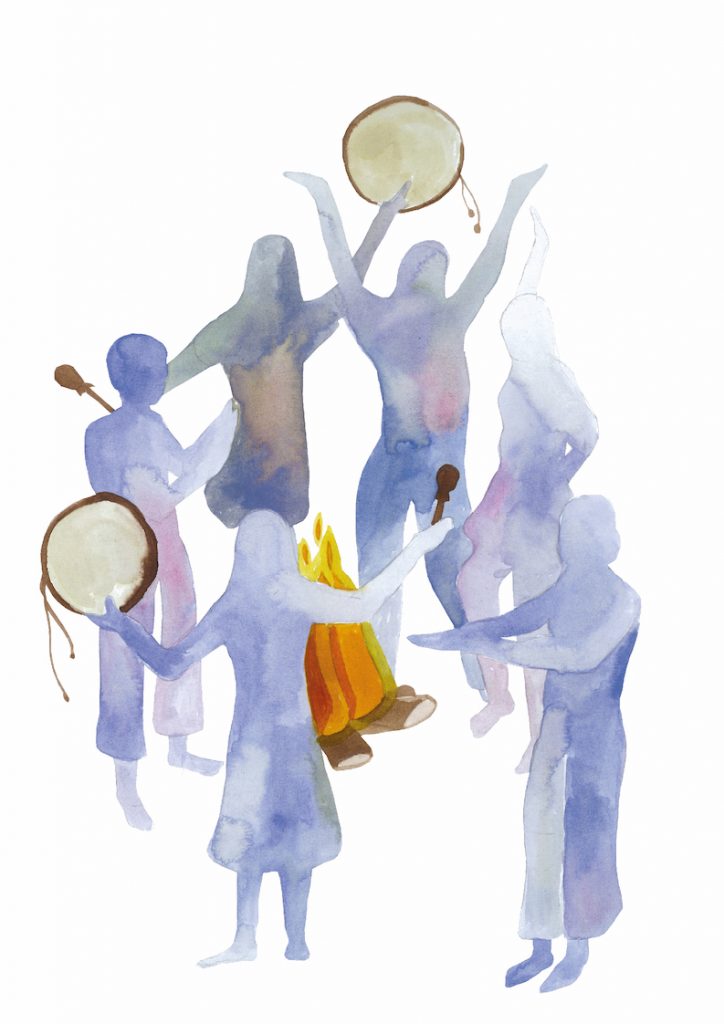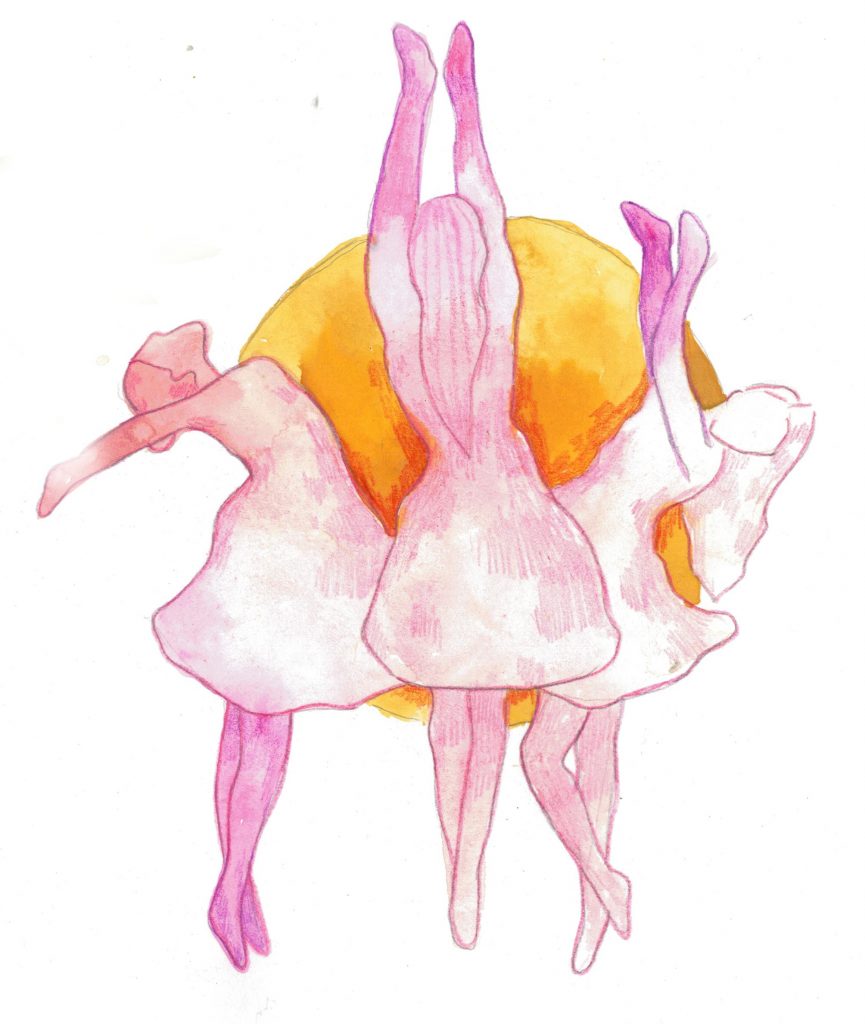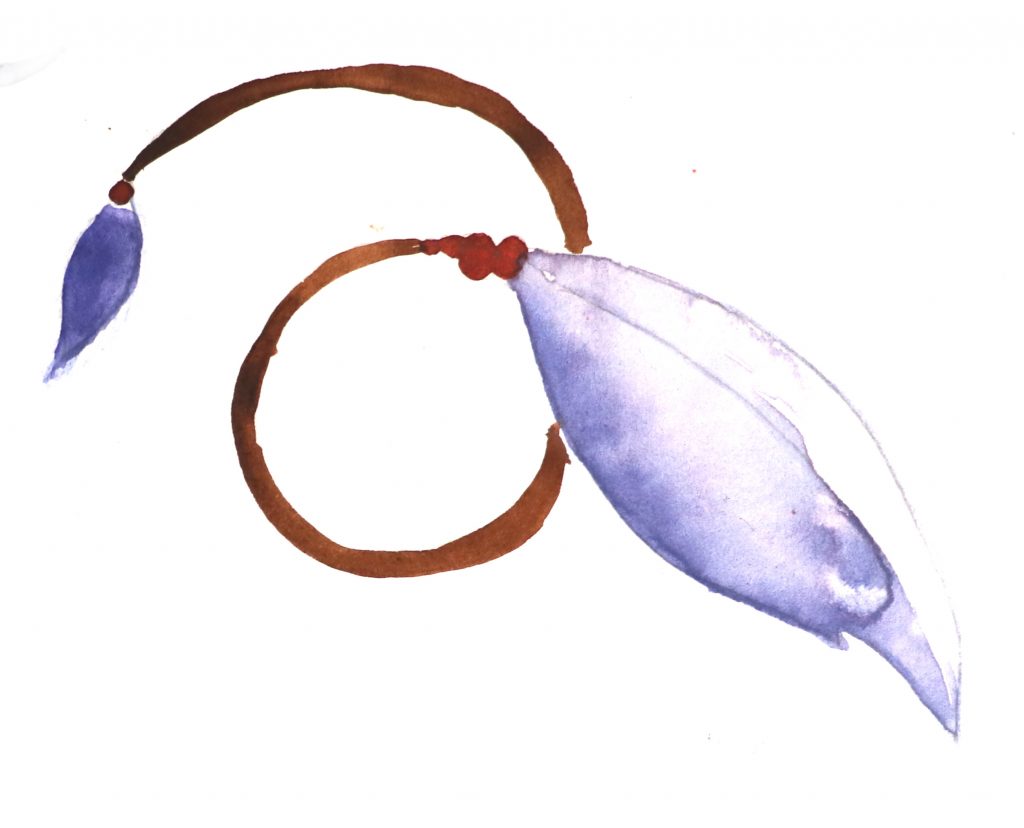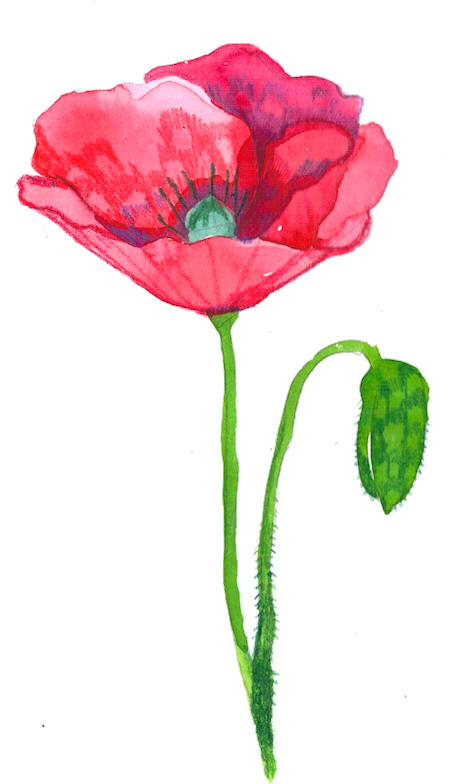Each of us is an artist, a cocreator who is consciously or unconsciously choosing colors, shapes, and patterns on the canvas of our own lives.

The traumas stored in our bodies are part of this canvas and are coloured by our understanding of those experiences.
These colours, shaped by our experiences, influence our perception and how we experience life in general.

A portion of this process is always unconscious, residing in our sensations, emotions, and feelings within our bodies.

The practice of art and imagination helps us make visible the subtle, hidden activity within us and approach it in a safe way.
Our subconscious mind is a powerful and massive storehouse of all our experiences. It is so potent that it has the capacity to heal our bodies. The subconscious mind can be seen as a healer.

IMAGINATION ROLE IN ART THERAPY
Imagination is the key to unlocking the treasures of our subconscious mind. Imagination allows us to access the superconscious mind, which, in the terminology of C.G. Jung, is referred to as the “collective unconscious.”

Thanks to imagination, we can access hidden aspects of ourselves. In imagination, we have all possibilities available to us. The subconscious mind does not distinguish between what is real and what we imagine in our minds.

WHAT IS ART THERAPY
Art therapy is an evidence-based form of psychotherapy that helps us externalize our feelings, emotions, thoughts, and perceptions.
Through this externalization, we gain the opportunity to view these aspects of ourselves from a different perspective.

This process can help us strengthen the sense of safety in the client’s body and show us how to approach the body and the unconscious mind in a non-threatening way through these modalities.
Besides the connection to our body and mind, art therapy and creativity, in general, offer incredible possibilities to bring joy into our lives.

ART THERAPY & EXPRESSIVE THERAPIES
Art therapy primarily involves visual creation and working with images, while expressive therapies encompass various mediums such as poetry, dance, movement, theatre, and music for self-expression.
Both art therapy and expressive therapies use nonlinear language and assist in revealing implicit memory.

ART THERAPY & TRAUMA TREATMENT
Art therapy is particularly effective in trauma treatment because trauma is stored in our bodies as images, flashbacks, and pre-verbal memories from early years.
It serves as a valuable tool to access memories that may be difficult to reach through other means. Additionally, art can help us convey experiences and emotions that are challenging to express in words.

Art and imagination are powerful channels for exploring our unconscious world.
Creating images, shapes, and colors provides a less intimidating means of expression.
By describing and discussing these creations, we can detach from challenging emotions, facilitating a process of reconnecting with our “true self” and achieving separation.

Crucially, working with art and imagination unfolds gradually and is largely self-guided. Engaging in any form of art and entering a state of creative flow is inherently healing, tapping into one of humanity’s ancient expressive tools.
ARE ALL PEOPLE CREATIVE?
All of us are inherently creative.
We are born with emotions, physical sensations, and the ability to experience life through our senses. Curiosity and the energy to explore and create are natural aspects of our being.

Creativity is an expression of our connection to life and the flow of existence.

The art-making process is simple and natural, and using our imagination helps illuminate areas in our lives that need healing.
We are essentially painting our life on the canvas of existence, and our understanding of our experiences shapes our perception.
Just as everyone possesses creativity, everyone also has the potential to be a healer.

We all have the capacity to heal, just as we all have a creative side. For those who may question where their artistic aspect resides, you can explain it in this way:

The inner artist is the part of us that is passionately creative, falls in love, feels connected to the world, and can see and make things. It’s the part of us that is willing to explore and taps into the creative energy that makes us feel alive.
IS THE FINAL PRODUCT IMPORTANT?
In art therapy, the final product is not the primary focus.
Instead, it’s all about the journey, the process, the emotions involved, and the connection with the client.

The outcome of the creative process is not as important as the realization that we can trust our instincts and the provision of a safe and open space for clients to explore themselves.
There’s only one significant “product” in this process, which is the sense of accomplishment that becomes tangible in the client’s reality.
This felt sense is the true outcome.
However, for all of this to occur, one vital condition must be met, just as in any successful healing process: safety.

Safety can be established through imagination, but it starts with the connection between the client and the therapist.
Without feeling secure in their environment and in their bodies, exploring one’s inner space safely is challenging.
When strong trauma-based symptoms and dissociative tendencies are present, specific steps must be taken before embarking on this work, which we will discuss in the second half of this workshop.

BENEFITS OF THE CREATIVE PROCESS
The creative process has a positive impact on the immune system, blood flow, and overall healing. It serves as a powerful tool to reconnect us with our “Self,” “Source,” or whatever we consider to be the fundamental life force within us.

This reconnection is sensory-based, emphasizing the importance of healing through our senses, touch, and images. Through our senses, we reconnect with the world in a way that many of us have forgotten but is inherent within us.

This process allows us to address our inner child, delve into our roots, and find the means to express stored experiences. In this way, we establish a connection with our authentic, compassionate self.
Personification, an imaginal process, is fundamental to spontaneous expressions in the arts, dreams, and imagination. In this context, images take on genuine healing power, revitalizing and guiding us in our lives.

CAN WE DIAGNOSE THE ART?
In art therapy, we do not interpret the artwork of our clients. Instead, we reflect on our own reactions and responses to the art. This principle applies to creations arising from imagination work as well.
From a psychological perspective, projective tests are used extensively, but they are not a part of art therapy.

CONNECTION OF ART THERAPY WITH SYMBOLISM
Art therapy is closely linked with symbols and symbolism, as symbols serve as a means of communication with the invisible or subconscious world, making them a valuable tool in the creative process.

The fundamental concept underlying the understanding of symbolism is that things often have meanings beyond their surface appearance. Each symbol has two aspects: an essence or inner meaning and its physical or material representation.

Symbols and images play a crucial role in bridging everyday life with spirituality. Their true understanding often involves engaging our hearts rather than relying solely on intellectual analysis.

Every symbol points to something both known and unknown. What symbols are associated with can be in constant flow, making direct engagement with symbols transformative in every moment of our lives.
C.G. Jung introduced the concept of the collective unconscious, including cross-cultural symbols and archetypes passed down from generation to generation through art and mythology.

Jung’s work laid the foundation for interpreting the symbolic meanings in imagery, allowing us to see images as sources of unconscious or repressed thoughts and emotions.
However, when it comes to art creation or communication through symbols, there is one crucial aspect: being fully present in the moment.

WAYS TO ENHANCE EMOTIONAL WELLBEING AND EXPLORING EMOTIONS THROUGH ART
Art therapy and imagination serve as experiential approaches to enhance emotional wellbeing and explore our emotions.

Art expression has been an integral part of human existence from the very beginning. The power to convey deep meanings about one’s inner world through symbols, colors, and shapes is key to processing life experiences.

Throughout the art-making process, the senses, emotions, and thoughts come together to create and express our being as whole.
Expression, imagination, active participation, and the connection between body and mind are all present during this process.

Art therapy is fundamentally about symbolic communication, rooted in the unconscious mind.
The field of imagination has developed since Jung introduced his theory about how imagination can provide access to the unconscious.
In Guided Affective Imagination (GAI), as discussed in our workshop, clients share their experiences while in an imaginative state, a therapy established by Hans Leuner.

GAI activates client’s inner resources, which helps them confront and process traumatic memories. Similar to art therapy, GAI allows us to work in our unconscious, creating a necessary distance for processing feelings and emotions.

C.G. Jung pointed to the hidden aspects of ourselves within our unconscious mind, connecting these inner elements to deep personal and universal meanings for all of humanity.

Later, from the 1940s to the 1970s, the field of art therapy expanded as the first art therapy education programs were developed. Today, we witness the significance of art therapy in trauma treatment worldwide and its connections to neuroscience, exemplified in the works of researchers like Juliet King and Cathy Malchiodi.

WHAT ART THERAPY PROCESS PROVIDES
- A Safe Therapeutic Space
Art therapy offers a secure environment where clients can express themselves freely.

- Creative Time Away from Distractions
It provides a break from the external stimuli, creating a safe container for exploring one’s inner world.

- Creating Distance from Problems
Art allows clients to gain perspective on their issues by looking at their artwork from a distance.
This can lead to “AHA” moments and a shift in perspective. The creative process is also accompanied by “Aah” moments, which are physical sensations.

- Building a Safe Relationship
Art therapy fosters an authentic, nonjudgmental, and empathic relationship with both the therapist and the client’s inner world.

